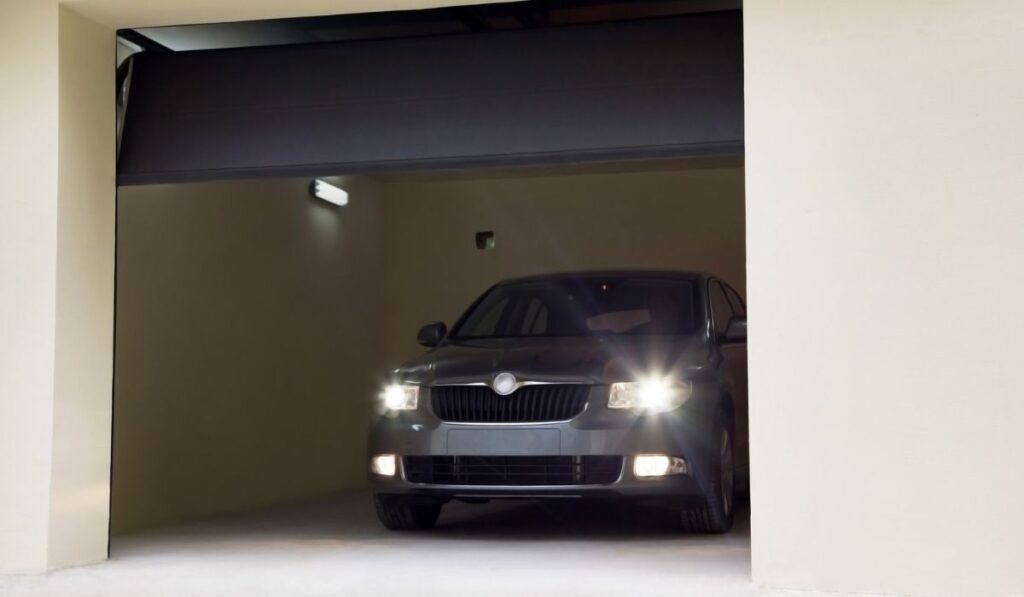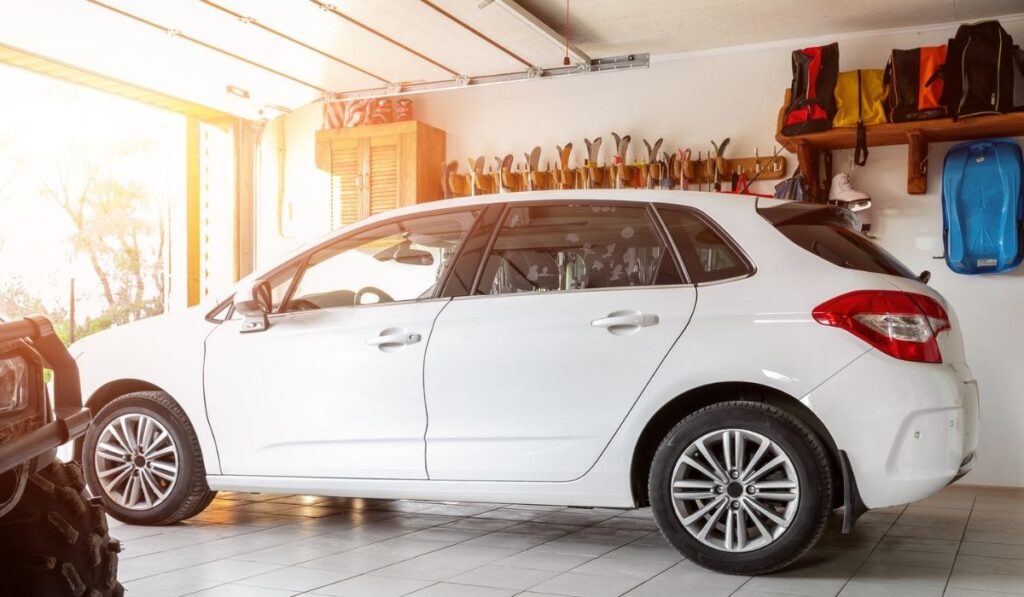Many people believe that it is a good idea to warm up your car in the garage and then drive it out. This method is said to save gas and provide you with a more even heat distribution throughout the engine. Warming up your car in the garage may seem like an innocent activity, but this popular practice can actually be harmful to both your vehicle and yourself.
Warming up your car in the garage is not a good idea. There are several reasons why you should avoid this habit. Carbon monoxide can quickly build up in an enclosed garage, and it can be very dangerous to breathe in. Warming it up by driving out of the garage is much better for your vehicle.
Warming your car in the garage can also cause it to rust much faster. Warming up your car needs to be done outside, not while stuck in a garage. Warming up your car is bad for you and the vehicle, so it’s best to avoid this popular habit.
Benefits From Warming Your Engine Up

The weather is starting to cool down, and that means it’s time to start warming up your car in the garage. Warming up your engine is a good way to get it ready for driving, but there are some risks associated with this practice.
Here we will look at the benefits of warming up your engine outside and what you can do to reduce the risk of damaging your vehicle.
When you start your car, the goal is to get the oil flowing throughout the engine. This helps protect all of the moving parts from damage and wear.
Warming up your engine also allows the gasoline to flow more smoothly, which prevents any knocking or pinging noises when you accelerate. All of these things are important for getting your car started.
Aside from that, the benefits are slim, oftentimes you hear more about the dangers of warming the engine of the car. It can be a good short-term solution but over time can be detrimental to the vehicle.
The Dangers of Warming Up Your Car in The Garage

Some of the dangers to warming up a car inside of a closed garage are carbon monoxide poisoning, exhaust fumes, and a lack of oxygen. All three of these dangers can be deadly to both you and your car.
Warming up your car in the garage is especially dangerous if there are any cracks or openings in the door or windows. The carbon monoxide gas will seep out and could potentially poison you and anyone else in the garage.
This is why it’s so important to always check and make sure that your door, windows, and vents are sealed properly before using any carbon monoxide emitting device inside of a confined area.
The best way to warm up your car in bad weather without having too many negative effects on you or the environment would be to drive it in the driveway or on a road directly outside of your home. Warming up your car by leaving it running while you are still inside is also not recommended for obvious safety reasons.
Winter Driving Safety Tips
Aside from warming up your car prior to using it, there are a lot of other tips that are good to follow to ensure your safety every day. Implementing these tips during the Winter can save lives.
Most of these tips are from people who learned their lesson from not being prepared. I don’t want that to be you, so if you endure a harsh winter, these tips will be for you.
- Make sure your car is in good condition before winter sets on
- Get your car serviced regularly, especially the brakes and antifreeze
This could include checking the tread of your tires, checking the tire pressure, ensuring your brakes, belts, oil, and any other routine maintenance is done accordingly.
- Always keep a full tank of gas in case you get stranded
- Carry a winter emergency kit in your car
These two tips in particular are some of my favorites and super easy to do. At most hardware stores you can get roadside kits that are ready to go. You can also for very little get a gas can that will surely come in handy someday.
- Drive slowly and carefully, especially when roads are slick or icy
- Use your headlights when visibility is poor
- Beware of black ice! It can be hard to see on the roads and can cause you to lose control of your car
One of the most dangerous parts of winter is the freezing temperatures you can encounter. These can cause you to hit slick ice, have poor visibility and lose control of the vehicle. Make sure you take the time to plan each trip accordingly. Leaving a few minutes earlier is always a good idea so you can take it slow and arrive safely.
- If you get stranded, stay in your car and wait for help to come to find you. Do not try to walk in conditions that are too dangerous.
Finally, this may be extreme if you are completely stranded in your car, but it is very important to stay safe nevertheless.
Now that you know a few things you can do to prepare for your winter drives, hopefully, you can implement them in your daily life. Whether it’s from warming up your car to driving awareness, all of these are important tips to share with family and friends.
As far as warming up your car, this is one of the most recommended tips I could give you. It is essential to the health of yourself and your family that you warm up the car outside.
It cannot be stressed enough the dangers of having the car cranked and heated in the garage. If you consider the dangers we covered above, you will be good to go.
